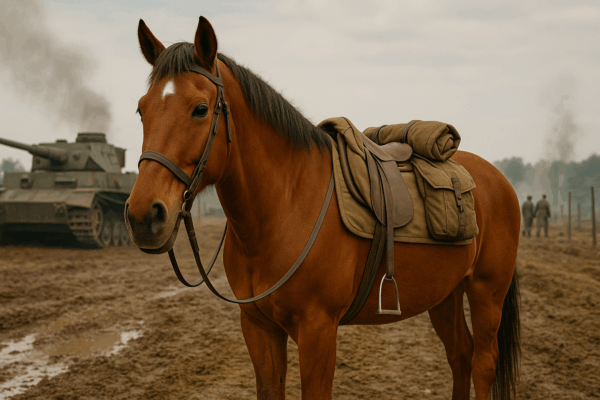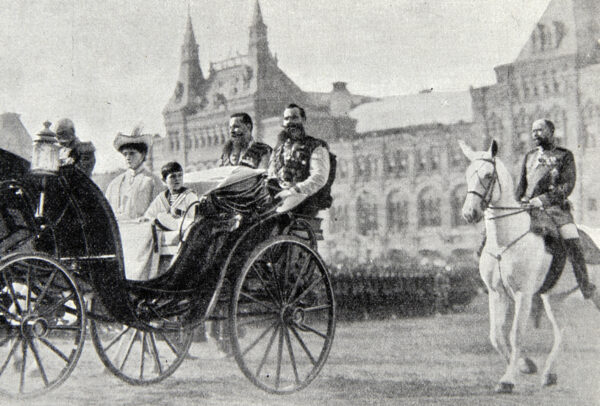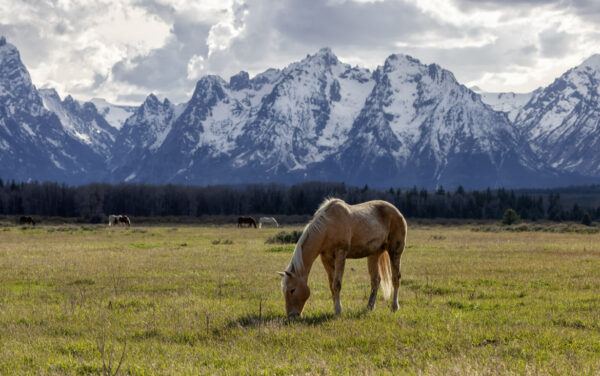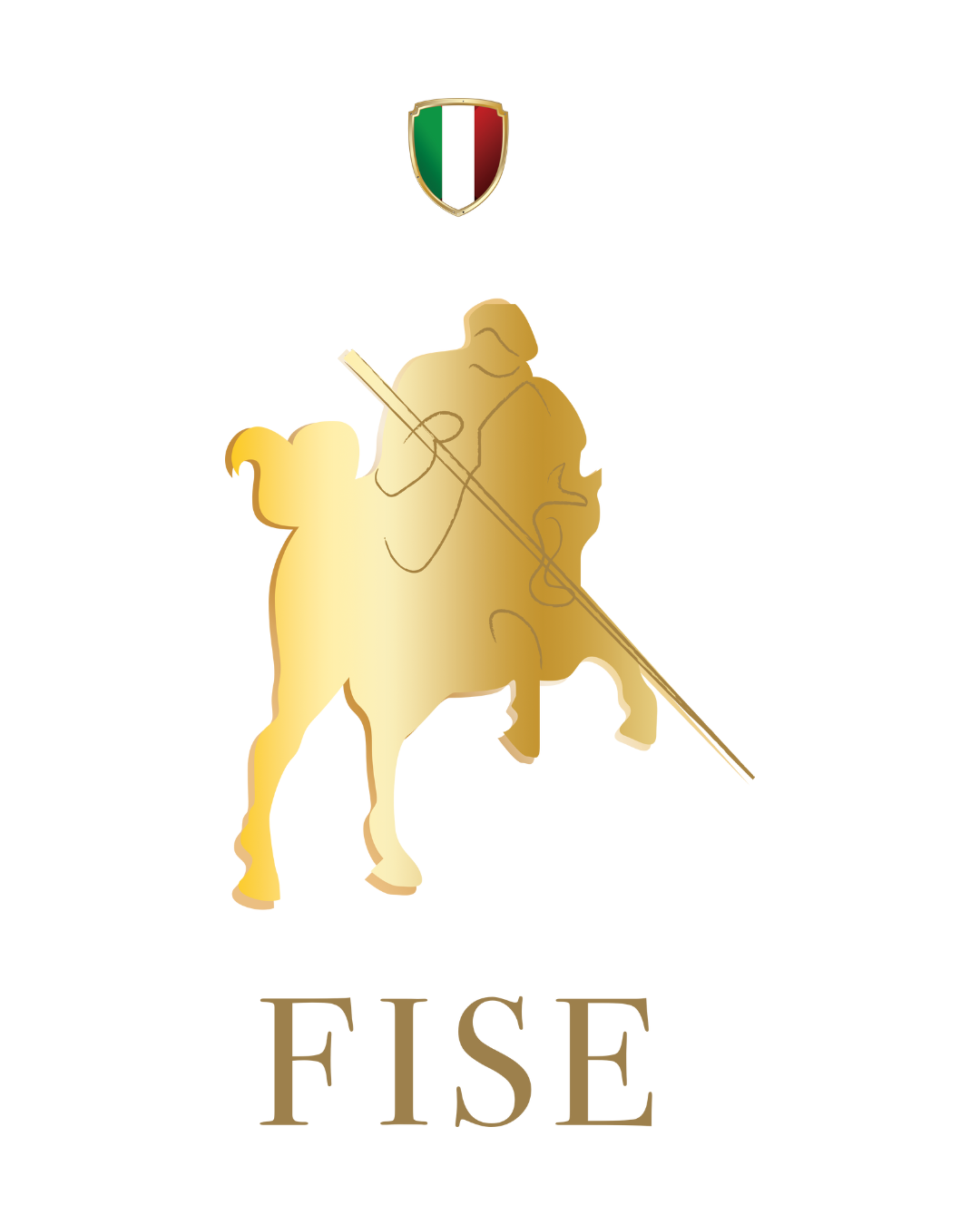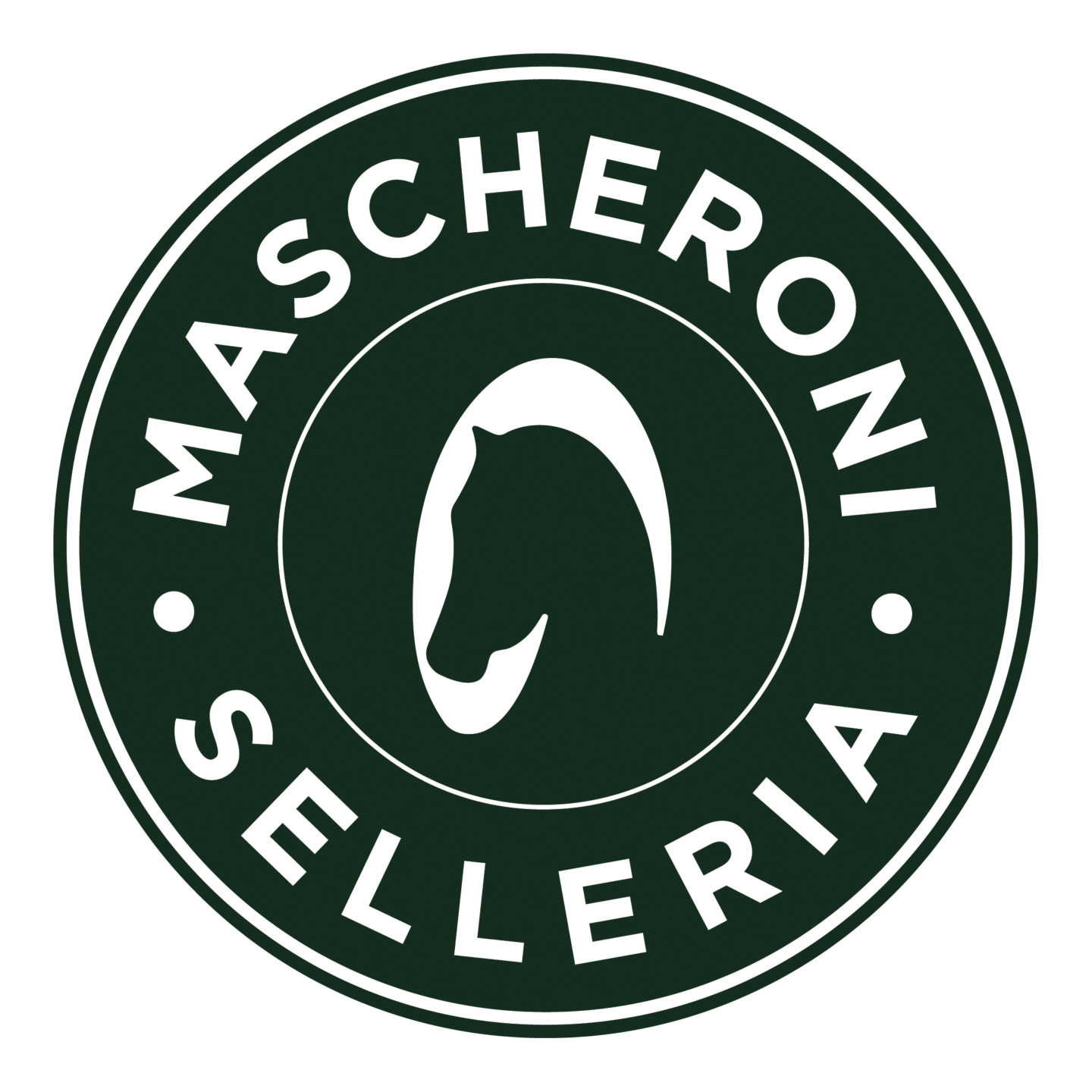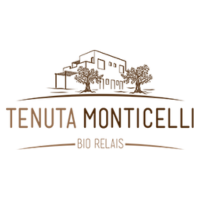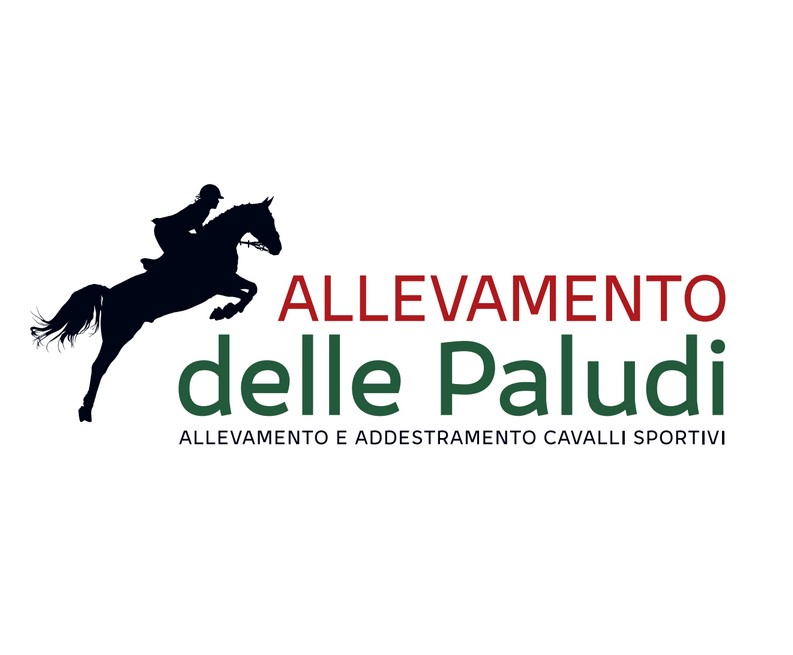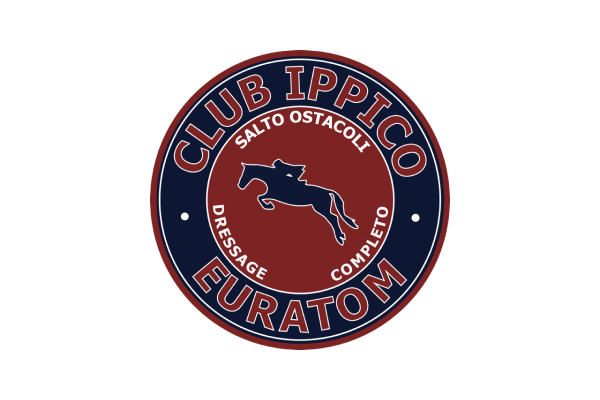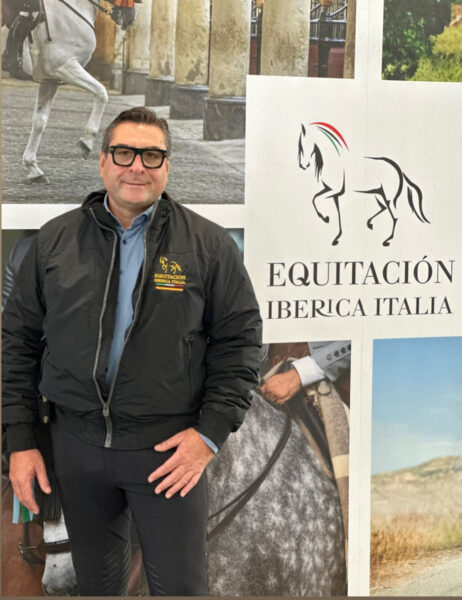
The History of Horses in Spain: Culture, Tradition, and Equestrian Passion
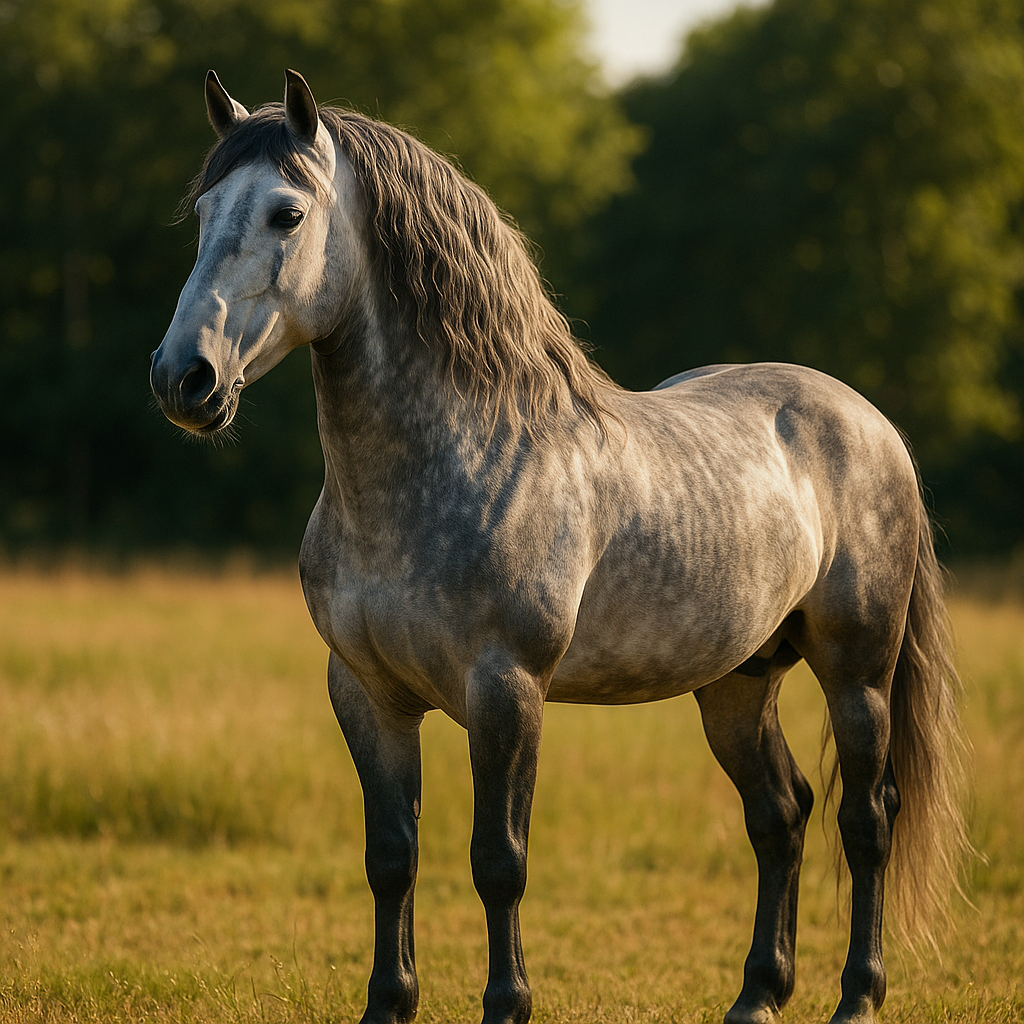
Horses have held a central place in Spanish culture for centuries, shaping the country’s history, art, and traditions. The relationship between the Iberian Peninsula and horses is not merely functional; it is deeply symbolic, reflecting identity, prestige, and social values passed down through generations.
Ancient Origins
The connection between Spain and horses dates back thousands of years. The Iberian horse, a native breed known for its strength, agility, and intelligence, has been present in the region since prehistoric times. Archaeological evidence suggests that horses were domesticated on the Iberian Peninsula around 2000 BCE, playing essential roles in agriculture, transportation, and warfare. During this period, horses were not only practical tools but also symbols of status and power among the elites.
Roman and Moorish Influence
During the Roman era, horses were fundamental for communication, trade, and military strategy, and they served as symbols of wealth and prestige. Later, the arrival of the Moors in the 8th century introduced new equestrian techniques and refined breeding practices. Andalusia, in particular, became a hub for horse breeding, blending Arabian bloodlines with local breeds. This crossbreeding laid the foundation for the development of the modern Spanish horse.
The Birth of the Spanish Horse
The Andalusian horse, also known as the Pure Spanish Horse (PRE), emerged as a distinguished breed during the Middle Ages. Renowned for its elegance, intelligence, and versatility, the Andalusian became the preferred mount of nobility, cavalry, and performers. Its physical attributes, temperament, and trainability made it ideal for classical dressage, bullfighting, and ceremonial events, establishing its place as a cultural symbol of Spain.
Horses in Spanish Tradition and Art
Horses in Spain are not merely working animals—they are emblems of heritage, pride, and artistic expression. They appear in countless paintings, literature, and festivals, such as the Feria de Abril in Seville, where parades of horses in traditional Andalusian attire are central to the celebration. Bullfighting, classical riding, and doma vaquera (working equitation) highlight the integral role horses play in Spanish society. Many sculptures, poems, and historical accounts also reflect the symbolic bond between the Spanish people and their horses.
Horses in Spanish Military History
Horses played a decisive role in Spain’s military history. During the Reconquista, both light and heavy cavalry were critical in campaigns across the Iberian Peninsula. Spanish horses, prized for their endurance, strength, and maneuverability, became a strategic advantage in battles. Andalusian horses were even exported to Europe and the Americas, influencing cavalry traditions worldwide.
Modern Spanish Equestrianism
Today, Spain is recognized globally for its equestrian expertise, breeding programs, and competitions. The Andalusian horse continues to be a point of national pride, celebrated in shows, international dressage competitions, and cultural events. Modern Spanish riders and trainers maintain centuries-old traditions while innovating in sport disciplines, ensuring that horses remain at the heart of Spanish culture.
Conclusion
Horses in Spain are far more than animals—they are cultural icons, historical companions, and living symbols of artistry, strength, and tradition. From ancient Iberian lands to contemporary arenas, Spanish horses continue to embody the elegance, resilience, and passion that have defined Spain’s equestrian heritage for millennia.
Bennett, Deb. Conquerors: The Roots of New World Horsemanship. Trafalgar Square Publishing, 1998.
Hendricks, Bonnie L. International Encyclopedia of Horse Breeds. University of Oklahoma Press, 1995.
Miller, Robert. Horses and Society in Spain: From Antiquity to Modern Times. Cambridge University Press, 2010.
Andalusian Horse Society – Historical Overview: www.andalusianhorsesociety.org
History of the Iberian Horse, Equine Heritage Trust, 2022.
Valentina Sozzi
© Rights Reserved.





.png)
